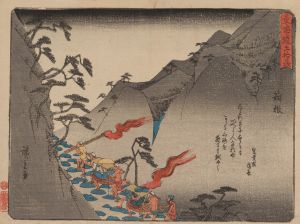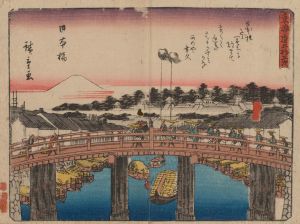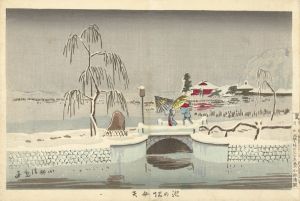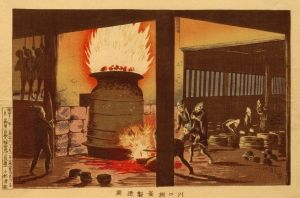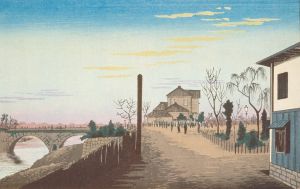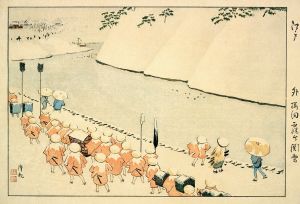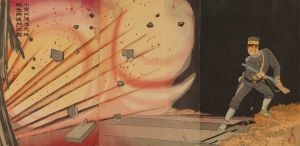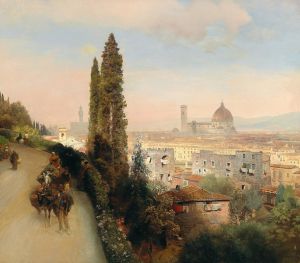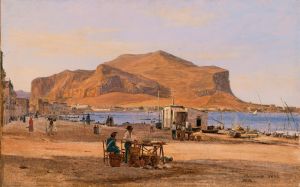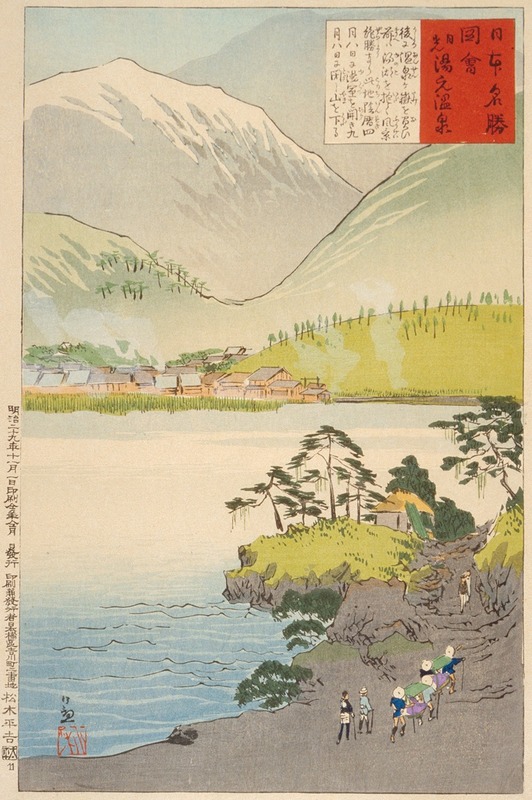
The Yumoto Sulfur Spring, Nikkō
A hand-painted replica of Kobayashi Kiyochika’s masterpiece The Yumoto Sulfur Spring, Nikkō, meticulously crafted by professional artists to capture the true essence of the original. Each piece is created with museum-quality canvas and rare mineral pigments, carefully painted by experienced artists with delicate brushstrokes and rich, layered colors to perfectly recreate the texture of the original artwork. Unlike machine-printed reproductions, this hand-painted version brings the painting to life, infused with the artist’s emotions and skill in every stroke. Whether for personal collection or home decoration, it instantly elevates the artistic atmosphere of any space.
"The Yumoto Sulfur Spring, Nikkō" is a woodblock print created by the Japanese artist Kobayashi Kiyochika. Kiyochika, born on September 10, 1847, and passing away on November 28, 1915, was a prominent figure in the Meiji period of Japan. He is best known for his ukiyo-e prints, which often depicted scenes of modernization and Western influence in Japan during the late 19th and early 20th centuries.
Kiyochika's work is characterized by its detailed and atmospheric portrayal of landscapes and urban scenes. He was particularly noted for his use of light and shadow, which gave his prints a distinctive and often dramatic quality. His style was influenced by Western art techniques, which he integrated with traditional Japanese woodblock printing methods.
"The Yumoto Sulfur Spring, Nikkō" is part of Kiyochika's series of prints that capture various scenic spots in Japan. Nikkō, located in Tochigi Prefecture, is renowned for its natural beauty and historical significance. The area is home to numerous temples and shrines, including the famous Nikkō Tōshō-gū, a UNESCO World Heritage Site. Yumoto, a small hot spring village in Nikkō, is known for its sulfur springs, which have been a popular destination for their therapeutic properties.
In this particular print, Kiyochika depicts the serene and picturesque environment of the Yumoto Sulfur Spring. The composition likely includes elements such as the steaming hot springs, surrounding mountains, and lush vegetation, capturing the tranquil and rejuvenating atmosphere of the location. The use of color and shading in the print would highlight the natural beauty and the unique qualities of the sulfur springs.
Kiyochika's work, including "The Yumoto Sulfur Spring, Nikkō," reflects the transitional period in Japan as it moved from the Edo period into the modern era. His prints serve as historical documents that provide insight into the changing landscapes and cultural shifts of the time. Kiyochika's ability to blend traditional Japanese aesthetics with contemporary influences makes his work significant in the study of Japanese art history.
Overall, "The Yumoto Sulfur Spring, Nikkō" is a testament to Kobayashi Kiyochika's skill as an artist and his contribution to the ukiyo-e genre. His prints continue to be appreciated for their artistic merit and historical value, offering a glimpse into the natural and cultural heritage of Japan during the Meiji period.





